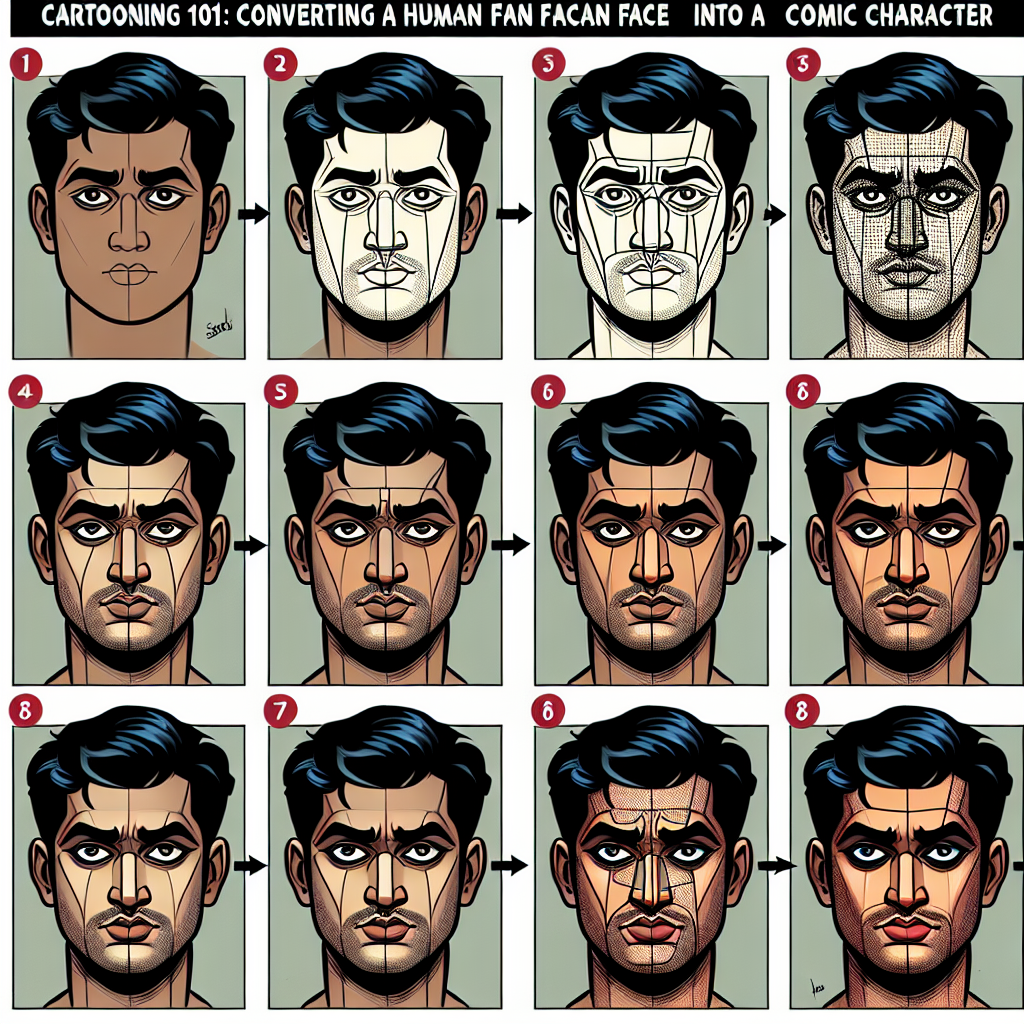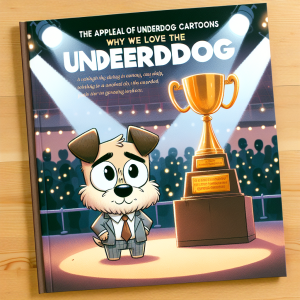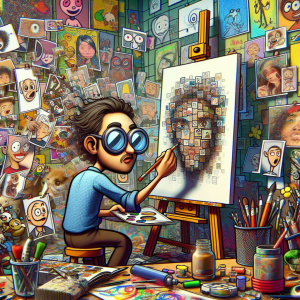Cartooning 101: Converting a Human Face into a Comic Character
Have you ever looked at someone’s face and thought, “That would make a great comic character?” Well, you’re not alone! Cartooning is a fun and creative way to bring out the unique features of a person’s face and turn them into a larger-than-life character. Whether you’re an aspiring cartoonist or just curious about the process, this guide will walk you through the steps of converting a human face into a comic character.
Understanding the Human Face
Before you can start cartooning a human face, it’s important to understand the basic structure of the face. The human face is made up of various features such as the eyes, nose, mouth, and ears, all of which contribute to a person’s unique appearance. When cartooning a human face, it’s essential to exaggerate these features to create a memorable and engaging character.
Breaking Down the Features
To convert a human face into a comic character, you’ll need to break down the features into simple shapes and lines. Start by observing the unique aspects of the person’s face and identify the key features that stand out. For example, if the person has a large nose, you can exaggerate it by making it even larger in the cartoon depiction.
Sketching the Character
Once you’ve identified the key features, it’s time to start sketching the character. Use simple shapes and lines to outline the basic structure of the face, keeping in mind the exaggerated features you want to highlight. Pay attention to the proportions and placement of the features to ensure that the character looks both recognizable and cartoonish.
Adding Personality
A great comic character is not only defined by its physical features but also by its personality. Think about the person’s unique traits and characteristics and incorporate them into the character’s expression and body language. For example, if the person has a lively and expressive personality, you can exaggerate their facial expressions and gestures in the cartoon depiction.
Inking and Coloring
Once you’ve finalized the sketch, it’s time to ink and color the character. Use bold lines to outline the features and add depth and dimension with shading and coloring. Experiment with different techniques and styles to bring the character to life and make it stand out on the page.
FAQs
Q: Do I need to be good at drawing to cartoon a human face?
A: While having drawing skills can certainly help, you don’t need to be an expert artist to cartoon a human face. With practice and patience, anyone can learn the basics of cartooning and create their own unique characters.
Q: Can I cartoon a human face without the person’s permission?
A: It’s always best to ask for permission before cartooning someone’s face, especially if you plan to use the depiction for public display or commercial purposes. Respect the person’s privacy and rights by seeking their consent before turning their face into a cartoon character.
Q: How do I come up with creative ideas for cartoon characters?
A: Observation is key when it comes to creating cartoon characters. Pay attention to the unique features and personalities of the people around you, and use them as inspiration for your characters. Experiment with different styles and techniques to bring out the best in your creations.
Q: What are some tips for making a comic character stand out?
A: To make a comic character stand out, focus on exaggerating the features and personality traits that make the person unique. Use bold lines, vibrant colors, and expressive gestures to bring the character to life and make it memorable to the audience.
Conclusion
Cartooning a human face into a comic character is a fun and creative process that allows you to bring out the best in people’s unique features and personalities. By understanding the basic structure of the human face, breaking down the features, sketching the character, adding personality, and inking and coloring, anyone can learn to create their own comic characters that are both recognizable and engaging. With practice and experimentation, you can take the ordinary and turn it into something extraordinary through the art of cartooning.








+ There are no comments
Add yours